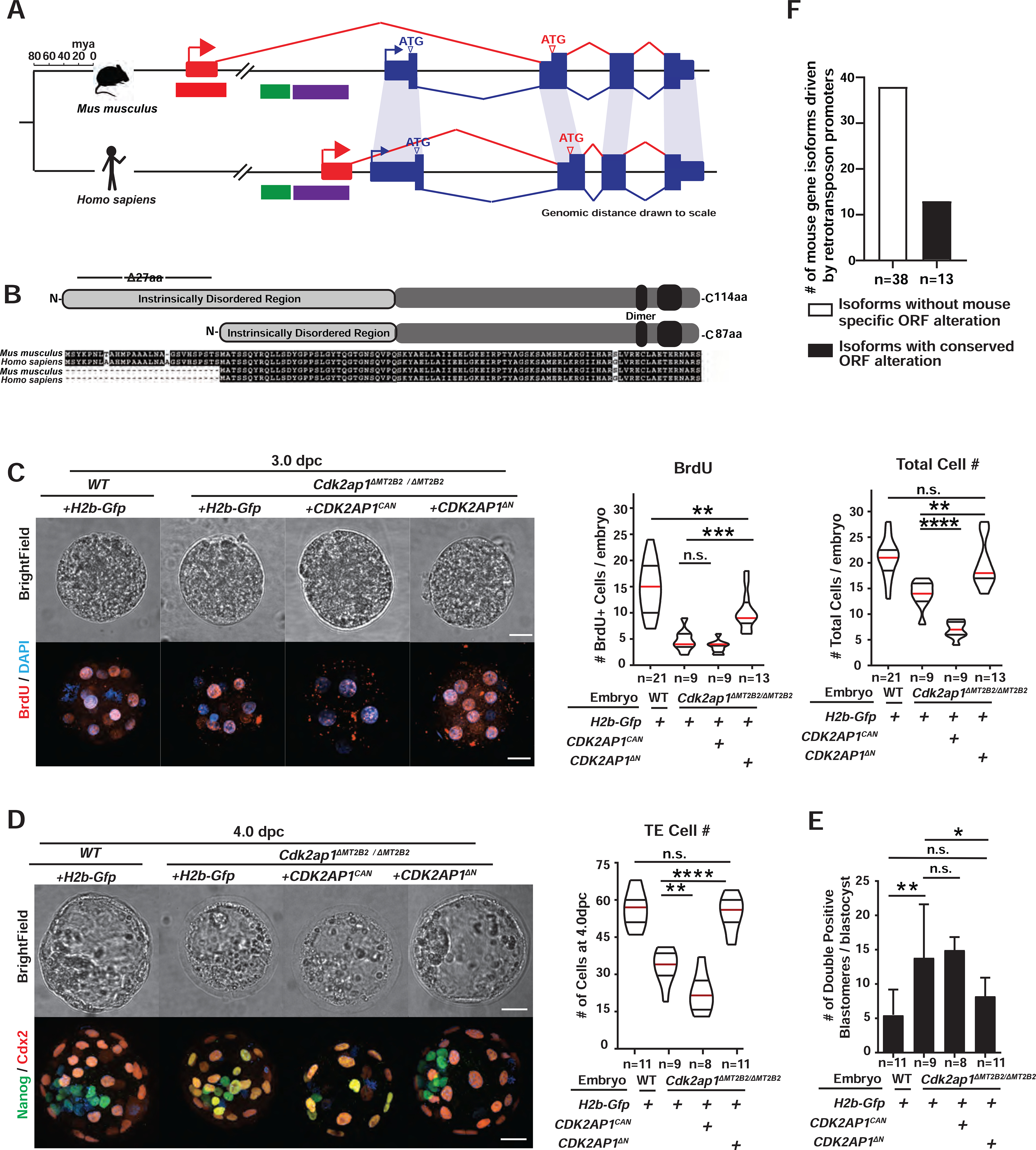Figure 5. The MT2B2-driven Cdk2ap1ΔN isoform is evolutionarily conserved in human.

A, B. Preimplantation-specific Cdk2ap1ΔN isoforms are derived from species-specific promoters (A), but exhibit evolutionary conservation in protein sequences (B). A. Mouse Cdk2ap1ΔN originates from the MT2B2 promoter; human CDK2AP1ΔN originates from a promoter region containing an L2a and a Charlie4z hAT transposon element. Blue, canonical exons; red, alternative exons. B. Canonical Cdk2ap1 and Cdk2ap1ΔN isoforms are 97.4% and 98.8% identical, respectively, between mouse and human. C, D. Ectopic expression of CDK2AP1ΔN, but not CDK2AP1CAN, rescues defective cell proliferation in Cdk2ap1ΔMT2B2/ΔMT2B2 morulae (C) and blastocysts (D), as demonstrated by BrdU incorporation and total cell number. C. Representative confocal images of BrdU staining (left), quantification of BrdU incorporation (middle) and total cell number (right) are shown for 3.0 dpc embryos. D. Representative confocal images of Nanog and Cdx2 staining (left) and quantification of TE cell numbers (right) are shown for 4.0 dpc embryos. Scale bars, 20 μm. Quantitation is shown as violin plots with median (red), lower (25%) and upper (75%) quartiles (black). C. WT H2b-Gfp vs CDK2AP1ΔN (BrdU), ** P =0.0029, t=3.2, df=32; H2b-Gfp vs CDK2AP1ΔN (BrdU), *** P =0.0005, t=4.1, df=20; H2b-Gfp vs CDK2AP1CAN (total cell number), ****P < 0.0001, t=8.4, df=16; H2b-Gfp vs CDK2AP1ΔN (total cell number), **P = 0.0031, t=3.4, df=20. D. Cdk2ap1ΔMT2B2/ΔMT2B2 H2b-Gfp vs CDK2AP1ΔN (TE Cell number), ****P < 0.0001, t=6.9, df=18; Cdk2ap1ΔMT2B2/ΔMT2B2 H2b-Gfp vs CDK2AP1CAN (TE Cell number), **P = 0.007, t=3.1, df=15. E. Quantitation of Nanog and Cdx2 double positive cells in Cdk2ap1ΔMT2B2/ΔMT2B2 embryos overexpressing CDK2AP1ΔN or CDK2AP1CAN. H2b-Gfp-overexpressing wildtype vs. Cdk2ap1ΔMT2B2/ΔMT2B2 embryos, ** P = 0.007, t=3.1, df=17; H2b-Gfp vs CDK2AP1ΔN overexpression in Cdk2ap1ΔMT2B2/ΔMT2B2) embryos, * P =0.04, t=2.3, df=18. F. A subset of mouse-specific retrotransposon promoters drive gene isoforms harboring the evolutionarily conserved, N-terminal ORF alterations. Manual curation of the top 88 highly and differentially expressed mouse retrotransposon promoters reveals 51 that yield gene isoforms with altered ORFs. Among these, 13 (26%) correspond to Refseq annotated human isoforms that encode the same ORF alternation. See also Figure S5 and Table S5.
